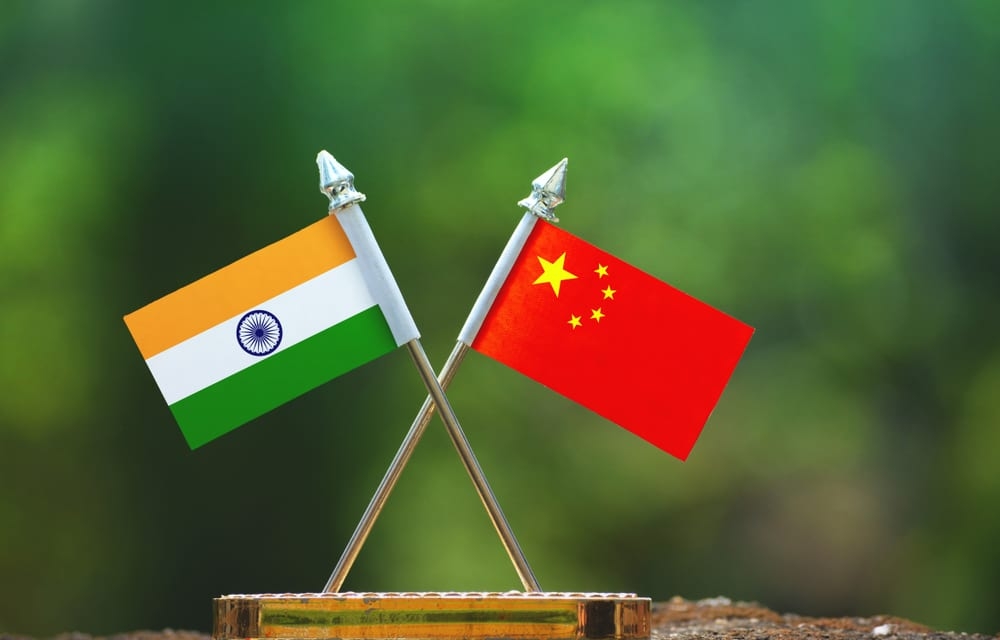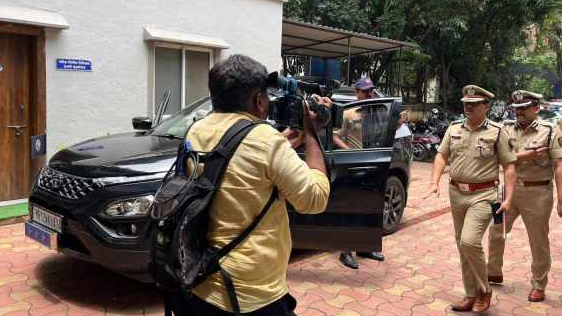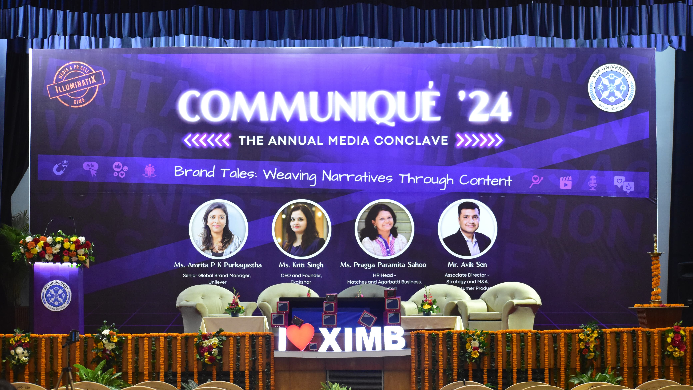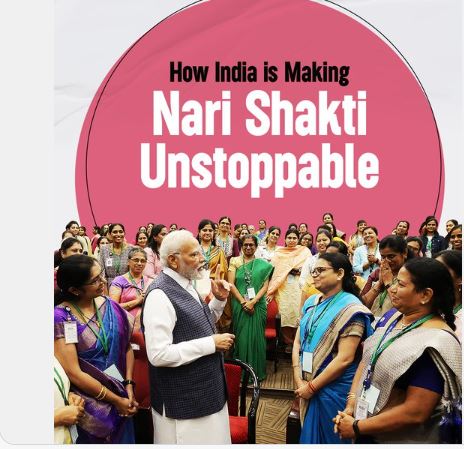Diplomacy only solution to Indo-China conflict

By Paresh Chandra Mohanty {"align":"left","id":52853,"sizeSlug":"large"} The response by the Indian Prime Minister to the brutal killing of 20 Indian army personnel by the People’s Liberation Army (PLA) at the Galwan valley at Ladakh, was tough but restrained. His body language was different from the ones in 2016 Uri or 2019 Pulwama incidents , when he was rhetorical – “ Yeh hamara siddhanth hei ki hum gharme ghuske marenge”( it is our decision that we will hit them entering their territory ) and belligerent. However this is a right and pragmatic response, because he knows the difference between Pakistan and China. And those in India who demand a war with China at the border or /and cry for total boycott of Chinese goods, should understand it too. At this juncture neither it is in the interest of India, nor sustainable. Why War is not a solution Even if India is a strong military power in the region, China in comparison stands well ahead. A military solution will bring misery to both sides and more to India. For a war, New Delhi needs more arms and ammunitions and unfortunately India is not producing as it requires. And import does not seem to be a suitable option during this Covid-19 situation, when the economy is almost at its bottom and it needs huge investment for its restoration. The central government is unable to finance even the existing public welfare schemes, especially in health sector. Both the countries are nuclear powers and any escalation will be devastating. A war may immediately encourage Pakistan to ally with China. It has been waiting for such an opportunity to take revenge of its defeats in each war since 1947, particularly the 1971 military confrontation when it lost East Pakistan, which became another country, Bangladesh. This may require more forces to be deployed in Indo-Pak border, in the west. At present a sizable number of defence personnel are engaged to restore peace in Jammu and Kashmir, after India annulled Article 370 of the constitution and ended special status for the province which angered Pakistan even further. It will be a challenge to manage all the fronts at the same time. Even at present India has estranged relationship with Nepal, once its closest ally. Nepal is demanding the Lipulekh pass near Kalapani and has made an amendment in the constitution to update the new political map in their national emblem. It is because the present communist regime headed by K.P.Sharma Oli, has moved closer to China. Other neighbors are also following Nepal. Recently, the Maldives president Abdullah Yemen went against India’s suggestions and imposed a state of emergency in the country at the behest of China. Sri Lanka has leased the Hambantona port to China for 99 years, showing its proximity to the dragon. And in Bangladesh Sheikh Hasina regime is not happy with Indian response to the Rohingya refugee crisis. It has also allowed China to build roads/ rail lines across the country connecting China’s southern border with Bangladesh’s Chittagong port on the giving the former direct access to the Bay of Bengal, Though NATO members are expressing ideological support to India they cannot be relied. Most of these countries do not recognize Ladakh as part of India .Donald Trump, who has shown keen interest for mediation cannot be trusted for his mercurial nature either. China’s superior military power is another reason for India to avoid war. Its personnel and equipment are far more advanced; its defence budget is almost four times than that of India and it has seven air bases strategically positioned on the border. Why Boycott of Chinese goods is not a solution: People in India, out of emotions are demanding boycott of Chinese goods. But at this point of time it is neither possible nor desirable. India imports more from China than it exports, thus establishing a net trade deficit and high dependency. According to Bloomberg Quint in 2019, India’s import from China was about $ 74 bn against an export of about $ 18 bn . If any abrupt decision is taken to boycott imports from China many domestic industries in India will either fall short of raw materials or may close down. Any alternate arrangement may lead to higher cost of production. 18, out of 30 top Unicorns in India have Chinese investors. 68 % mobile phones sold in India are Chinese products. In case of a sudden boycott, workers, retailers, distributors, sales men all engaged in such companies will lose jobs. Due to Covid-19 impact, the unemployment rate in India already stands at 24 % in May 2020, the highest since independence. The boycott will also affect agriculture sector as India imports 60% to 70 % of its liquid fertilizers from China. Moreover, 54 Indian companies who have invested in China ( CII report,2019) and are growing, might face closer, if China retaliates. Chinese products are affordable and attractive in comparison to Indian products. The demand of Indian consumers can not be fulfilled by the local manufacturers immediately. To be self-reliant India will need some more time. The so called “Swadeshi” movement has remained to be a non-starter. Any impulsive reaction will affect Indian economy badly. Besides, as per WTO guidelines India cannot come out of any bi-lateral or multi-lateral agreements, on its own without due process. Since 1991 the economic growth in India is because of the liberal policy which has been attracting foreign investors. Any drastic decision will discourage them and have a negative impact on the economy. Diplomacy is the only way out War is the last resort to a boundary dispute between the two countries. In last 45 years there have been several face-offs which were solved through diplomacy. For example in 2013, Chinese troops erected tents on Indian side of LAC on the Despang plains and Pangong Tso. There was a public outcry against China. Amidst public and opposition parties’ demand for military action, the government resolved the standoff peacefully through military and diplomatic talks. According to Shivshankar Menon, then national security advisor to the UPA government, “The key to arriving at a successful outcome was keeping public rhetoric calm and steady, displaying strength, and giving the adversary a way out, which was our preferred solution”. In 2014, during president Xi Jinping’s visit to India, the Chinese troops crossed LAC again. PM Narendra Modi too resorted to diplomacy to diffuse the tension. In 2017, the 73 day Doklam stand-off saw the similar diplomatic solution. Both sides finally disengaged, and peace was restored. Since 1962 the border dispute between China and India has been a perpetual phenomenon. Though the first PM JawaharLal Nehru is being accused of mismanaging the issue, no other prime minister has contributed substantially to bring an end to the impasse. It is about time to stop the blame game, and bring a concrete solution. China also had a border dispute with Russia since long, and they had several face-offs. In 1969 it escalated to such a height that the two communist-led giants reached the brink of war. But from 1991 to 2004, a series of bilateral agreements and summit meetings followed by exchange of territories their border issue could be resolved . In totality, China claims around 90,000 Sq. km in Arunachal Pradesh and India’s counter claim is Aksai China ,which is around 38,000 sq km in western Himalayas and Ladakh region. If both the countries are serious, a peaceful solution can be arrived in near future. For the best interest of India and China, a summit meet may be arranged, where both the countries must agree to accept, either the present Line of Actual Control ( LAC) or a mutually agreed border line-up as their permanent border. Only such a solution will bring lasting peace and prosperity to both the countries and their citizens. As Dr Manmohan Singh once commented on the sidelines of East Asia Summit – “India and China have a lot of space to compete, and the border should be the least of their priorities”. In this fast changing world challenged by the pandemic and decline of the U.S. in world order, India and China should come closer to stand as future economic powers in the world. The author, a Ph D degree holder on Training and Development, worked with World Food Programme and Bank of Baroda and Diamond Trust Bank, Uganda in East Africa. He has an experience of over a decade in corporate training. DISCLAIMER: The views of the author is his personal opinion and nothing to do with prameyanews.com.
Latest News

Odisha: Woman home guard crushed to death by s...

Ratna Bhandar declared completely safe, Renova...

Odisha Dy CM Pravati Parida surveys flood-hit...

Union Minister Dharmendra Pradhan launches “Ek...

Pune Shock: Delivery Agent Impersonator Assaul...

Rath Yatra 2025: Preparations for Bahuda Yatra...

Microsoft Manager Laid Off After 25 Years Shar...
Copyright © 2024 - Summa Real Media Private Limited. All Rights Reserved.
























